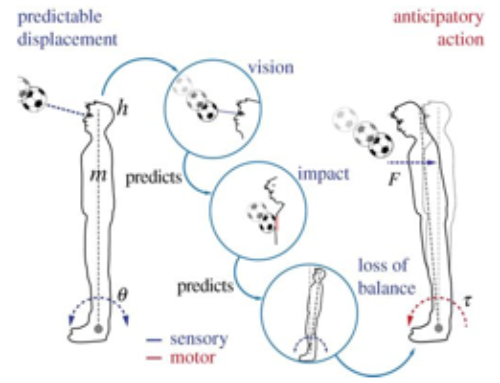Living machines: A handbook of research in biomimetics and biohybrid systems
Abstract:
Living machines: A handbook of research in biomimetics and biohybrid systems surveys this flourishing area of research capturing the current state of play and pointing to the opportunities ahead. Promising areas in biomimetics include self-organization, biologically inspired active materials, self-assembly and self-repair, learning, memory, control architectures and self-regulation, locomotion in air, on land or in water, perception, cognition, control, communication. Drawing on these advances the potential of biomimetics is revealed in devices that can harvest energy, grow or reproduce and in animal-like robots that range from synthetic slime molds to artificial fish to humanoids.
With contributions from leading researchers from science, engineering, and the humanities, this handbook will be of broad interest to undergraduate and postgraduate students. Researchers in the areas of computational modeling and engineering, include artificial intelligence, machine learning, artificial life, biorobotics, neurorobotics, and human-machine interfaces will find Living Machins an invaluable resource.
Citation:
Verschure, P., (2018). The architecture of mind and brain Living machines: A handbook of research in biomimetics and biohybrid systems (ed. Prescott, T. J., Lepora, Nathan, Verschure, P.), Oxford Scholarship (Oxford, UK) , 338-345




